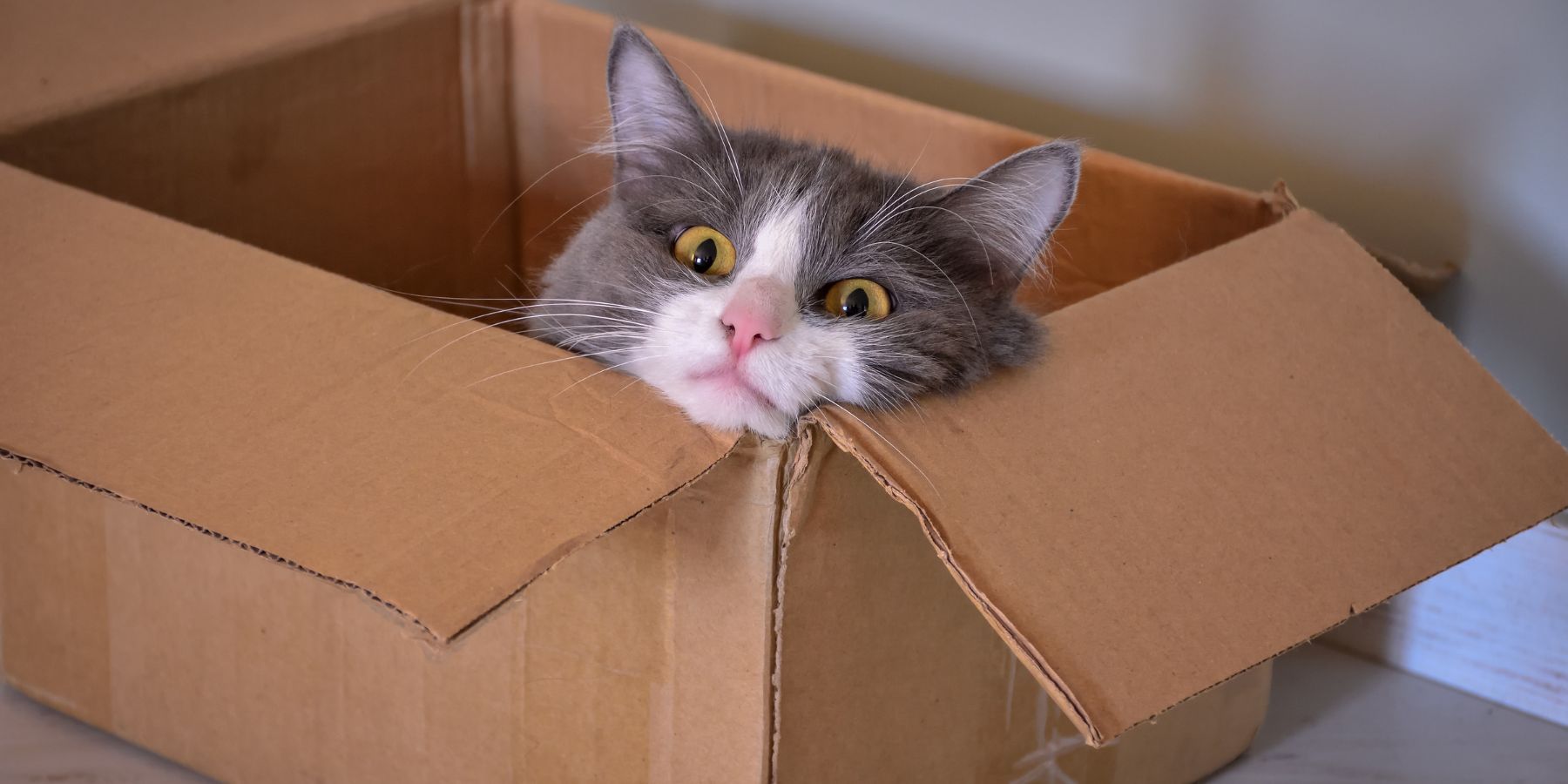If you're a cat owner, you've probably noticed your furry friend's fascination with cardboard boxes. Cats love to play with, sit in, and often chew on cardboard. But is this behavior safe? Let's dive into why cats chew cardboard and whether it's harmful to them.
Why Do Cats Chew Cardboard?
First, it's important to understand why cats are drawn to cardboard. Cats chew on cardboard for several reasons:
Teething Relief: Just like human babies, kittens may chew on cardboard to soothe their gums when they're teething.
Boredom or Anxiety: Chewing can be a way for cats to relieve boredom or anxiety.
Instinctive Behavior: Cats have an instinct to bite and chew as part of their predatory behavior.
Texture and Sound: The texture and sound of cardboard can be appealing to cats.
The Potential Risks of Chewing Cardboard
While chewing on cardboard might seem harmless, there are potential risks:
1. Choking Hazard
Small pieces of cardboard can become lodged in a cat's throat, posing a choking hazard. Always supervise your cat if they are prone to tearing off chunks of cardboard.
2. Intestinal Blockages
Ingesting cardboard can lead to intestinal blockages, especially if your cat swallows large pieces. This can be a serious, even life-threatening, medical issue.
3. Harmful Substances
Some cardboard boxes have inks, glues, or other substances that might be harmful if ingested. It's essential to ensure that the cardboard your cat chews on is free of toxic materials.
When Is Chewing Cardboard Considered Normal?
Chewing behavior in cats is normal to some extent. It becomes a concern if it's excessive or compulsive. Here’s how to tell if it’s normal:
Occasional Chewing: If your cat chews cardboard occasionally and doesn't consume it, it's likely not a problem.
Kitten Behavior: Kittens are more likely to chew on things, including cardboard, as they explore their world.
How to Safely Allow Your Cat to Chew Cardboard
If your cat enjoys chewing cardboard, there are ways to make it safer:
Supervision: Always supervise your cat's playtime to prevent them from ingesting cardboard.
Safe Cardboard: Use plain, untreated cardboard without inks, tapes, or staples.
Limit Access: Don't let your cat have constant access to cardboard. Offer it as a controlled plaything.
Alternatives to Cardboard Chewing
If you're concerned about your cat's cardboard chewing, consider these alternatives:
Cat Chew Toys: Provide specially designed chew toys for cats.
Interactive Play: Engage your cat in more interactive play sessions to keep them entertained.
Environmental Enrichment: Create a stimulating environment with cat trees, scratching posts, and other cat-friendly furniture.
When to Consult a Veterinarian
If you notice any of the following, it's time to consult your veterinarian:
Excessive Chewing: If your cat is obsessively chewing cardboard.
Eating Cardboard: If your cat is eating cardboard instead of just chewing.
Change in Behavior: Any sudden change in your cat's behavior warrants a vet visit.
Conclusion
In conclusion, while chewing cardboard is a common behavior in cats, it's essential to ensure it's done safely. Be mindful of the potential risks and provide safe, engaging alternatives for your cat's play and teething needs. If you have any concerns about your cat's chewing habits, don't hesitate to consult your veterinarian for professional advice.


